Last week a serious drone incident occurred on the territory of NATO ally Poland, and since then there was also an airspace violation in Romania. What measures fall to the Hungarian Defense Forces in such cases?
In such cases the Hungarian Defense Forces respond immediately, just as neighboring states did, because we do not know whether we are dealing with an isolated event or part of a series. We have taken the necessary steps: we increased the readiness of certain air defense aircraft and raised the level of airspace control and surveillance. The next step was to request immediate information from NATO, from the NATO Air Force Command. I obtained further information during a meeting on September 12 with Polish Chief of the General Staff, Colonel General Wieslaw Kukula, who shared their experiences: when they switched on the Polish national air defense system, what detections there were, what ground and air forces and assets they used, and when the Dutch-registered F-35 fighters joined in the interception of drones.
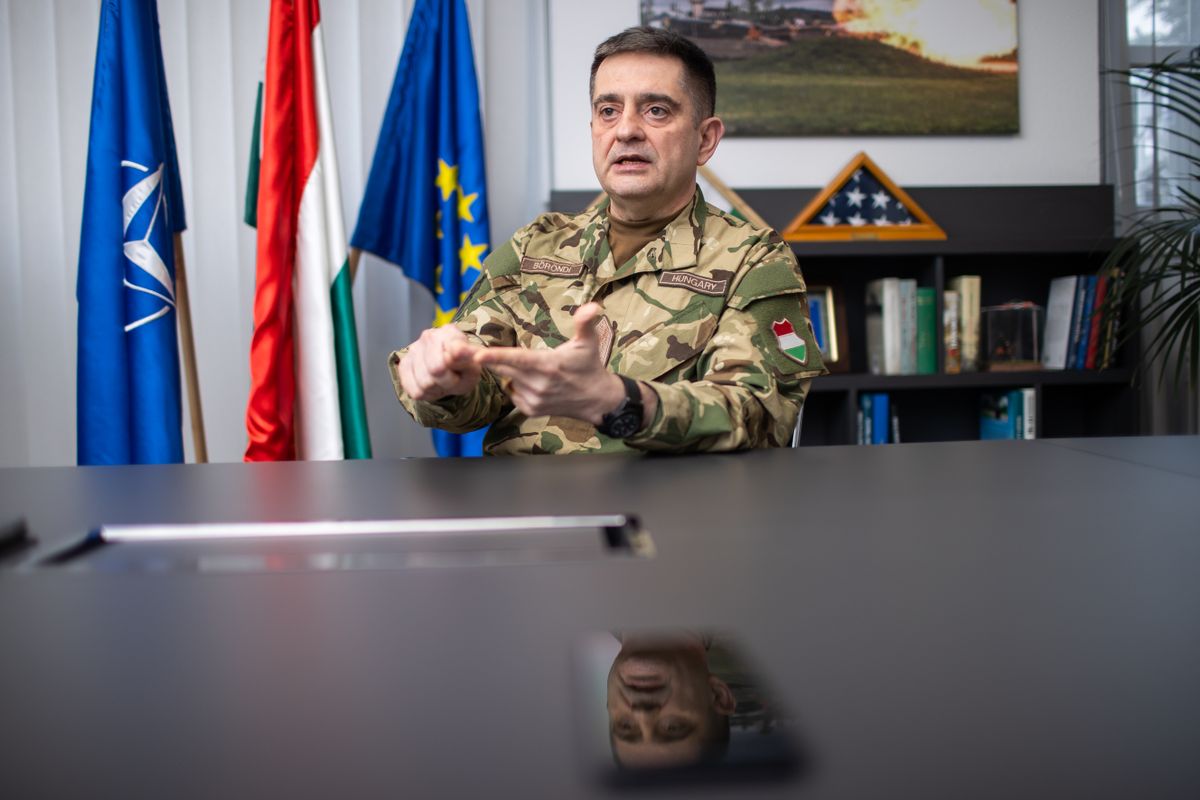
If such an incident occurred in Hungary, is the Hungarian Defense Forces prepared to counter it?
In March 2022 a stray Soviet-made but Ukrainian-registered device flew over Hungary and crashed near Zagreb. We all remember that. Shortly after I took over the position of Chief of the Defense Staff, we reviewed what happened, what we saw, what we detected, and what the reactions were. Since then the Hungarian Defense Forces have been continuously training and incorporating the latest lessons into their operations. I want to make clear that, in general, Hungary’s airspace and air sovereignty are adequately protected, but certain isolated events or the incursion of specific drones pose a challenge for every country.
On the one hand, these drones do not have a large radar cross-section, meaning reflective surfaces, so they are very difficult to detect and track. On the other hand, even if we intercept and identify them, the question remains of how we can destroy them without endangering citizens. Take the example of the most recent case in Romania: an unknown drone was flying in Romanian airspace and was tracked by Romanian colleagues for fifty minutes. According to their assessment and analysis of the situation, they could have shot it down by firing toward Ukraine, or else they would have endangered their own populated areas by shooting it down.
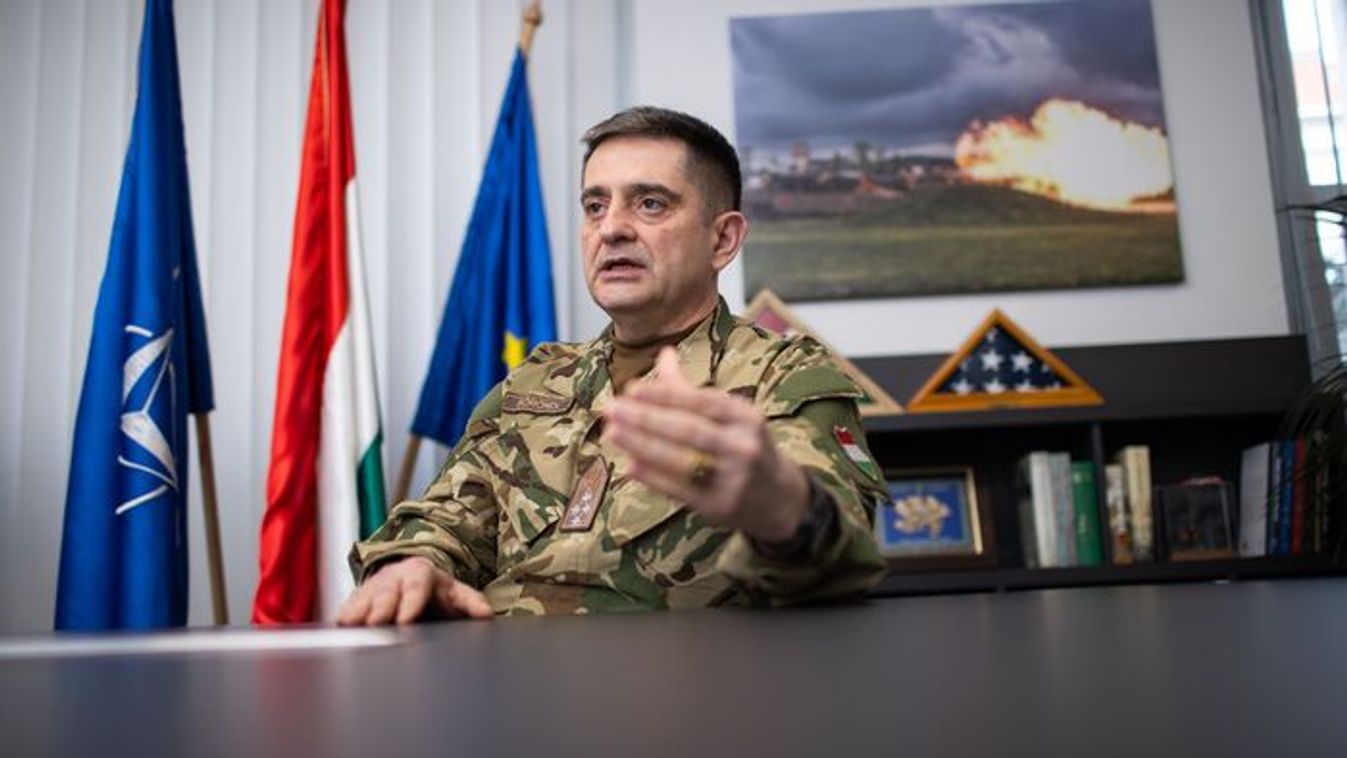
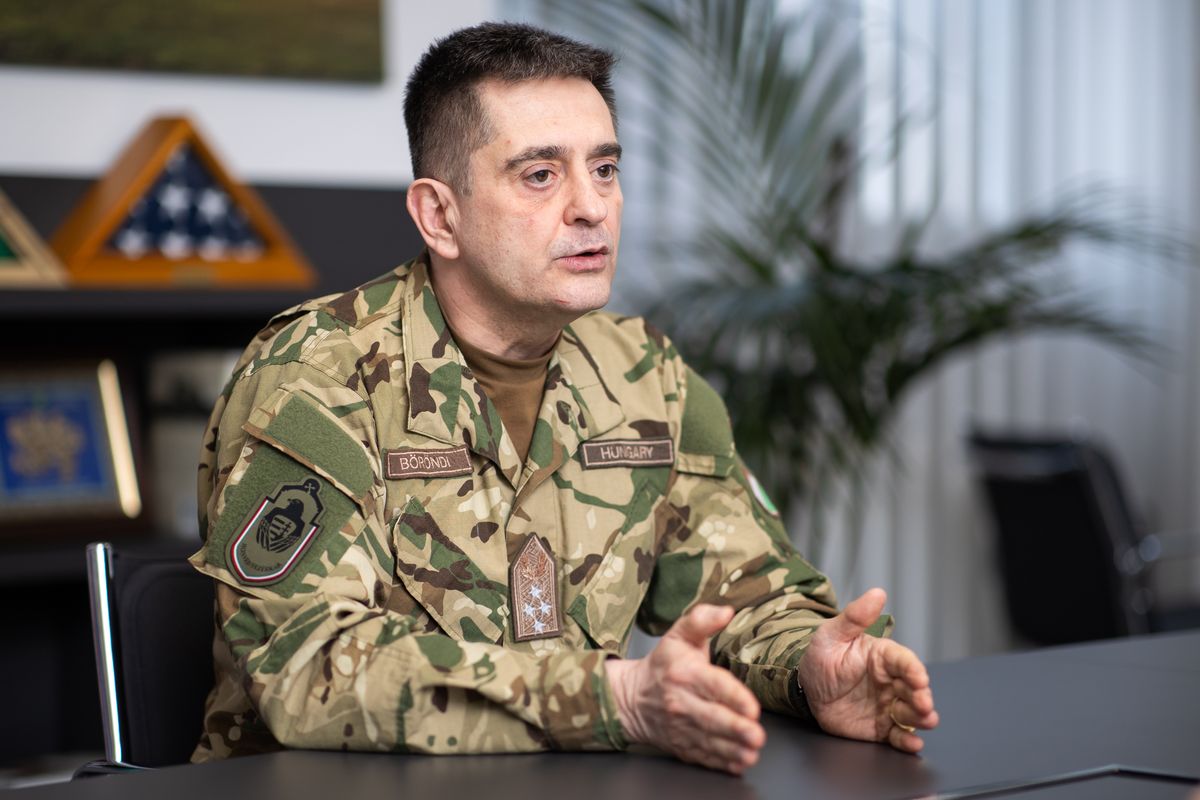
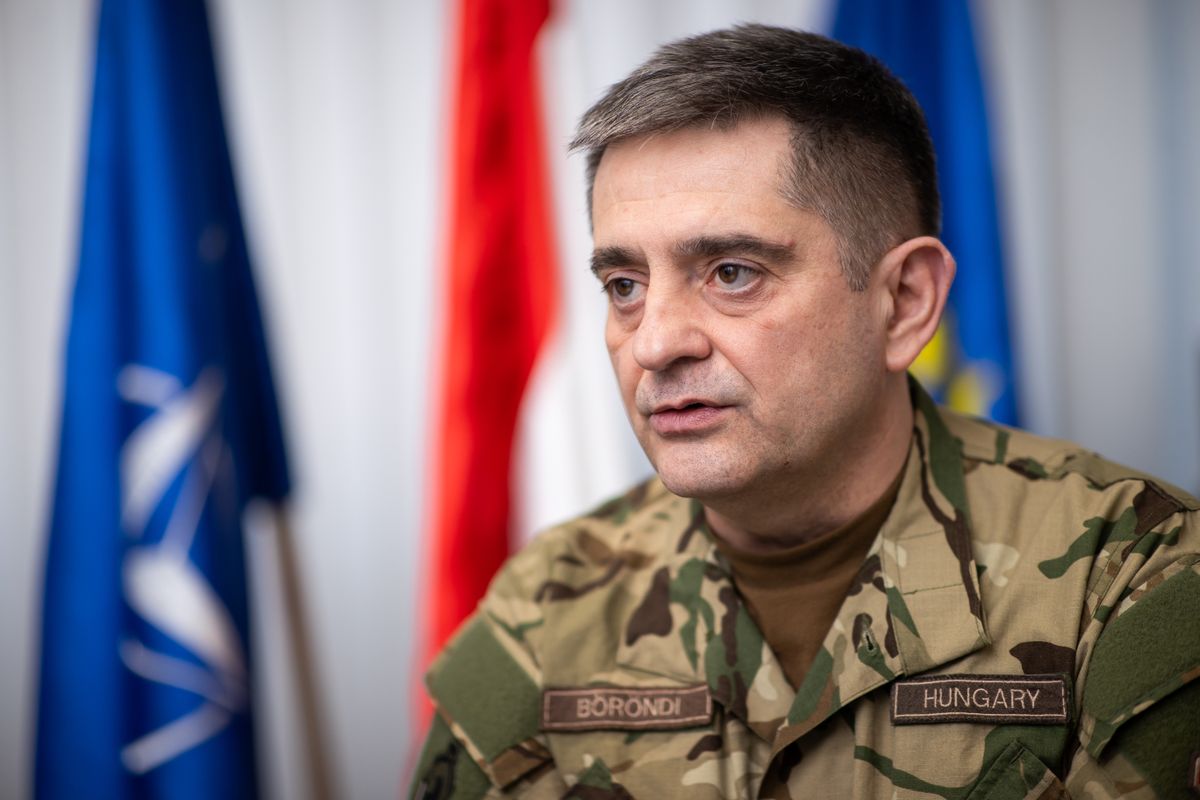
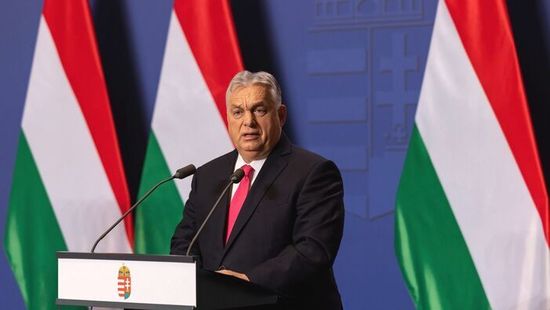


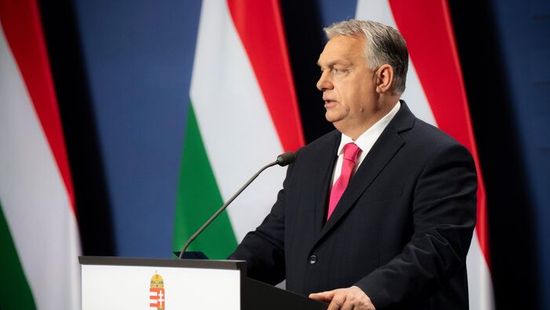






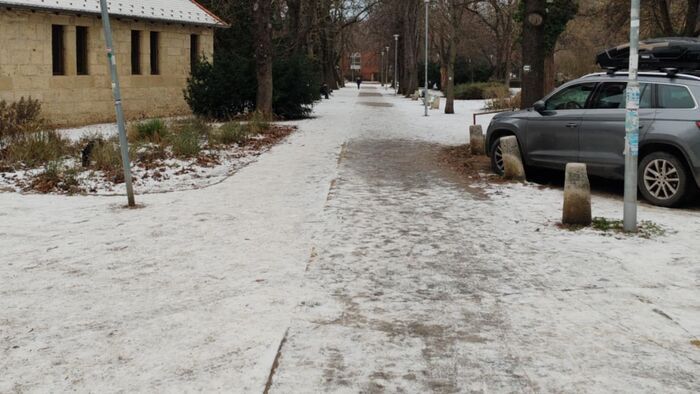

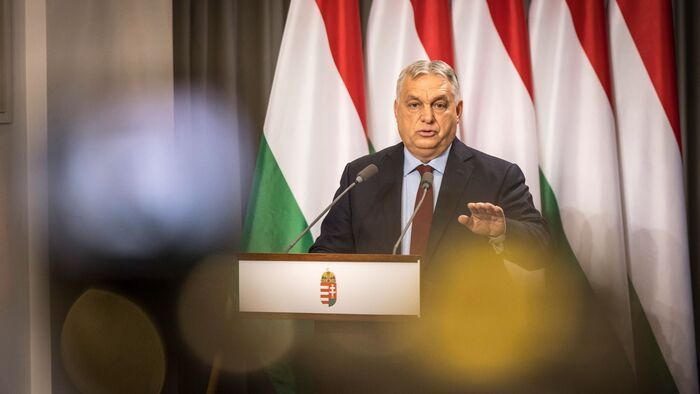
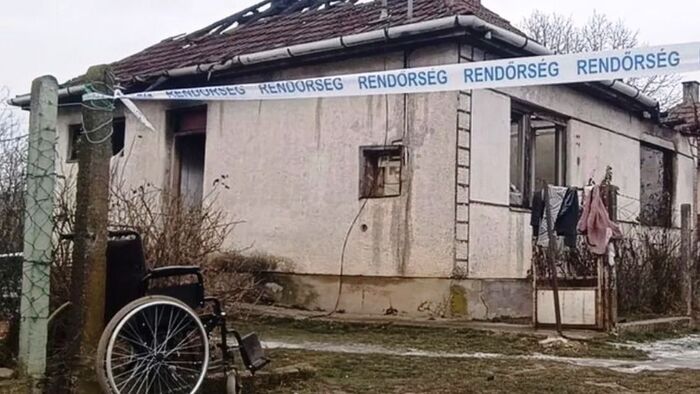
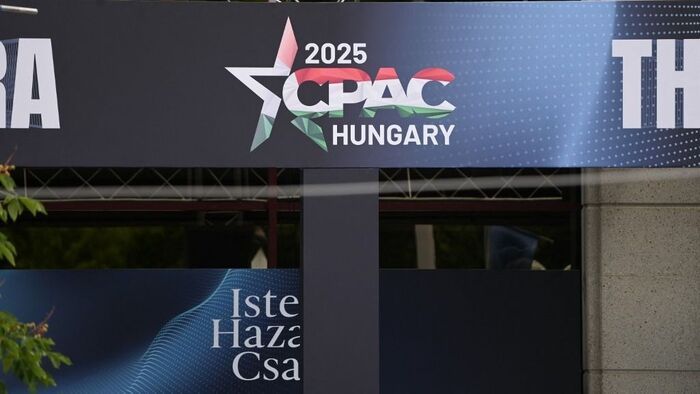
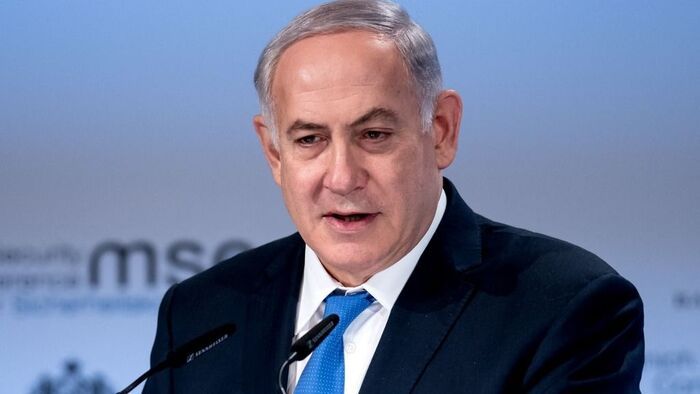

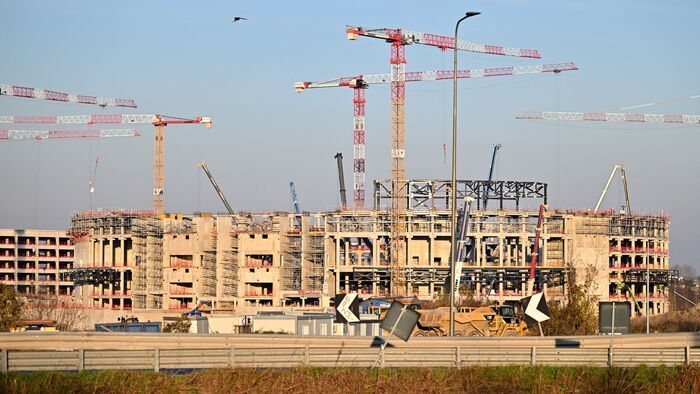



Szóljon hozzá!
Jelenleg csak a hozzászólások egy kis részét látja. Hozzászóláshoz és a további kommentek megtekintéséhez lépjen be, vagy regisztráljon!